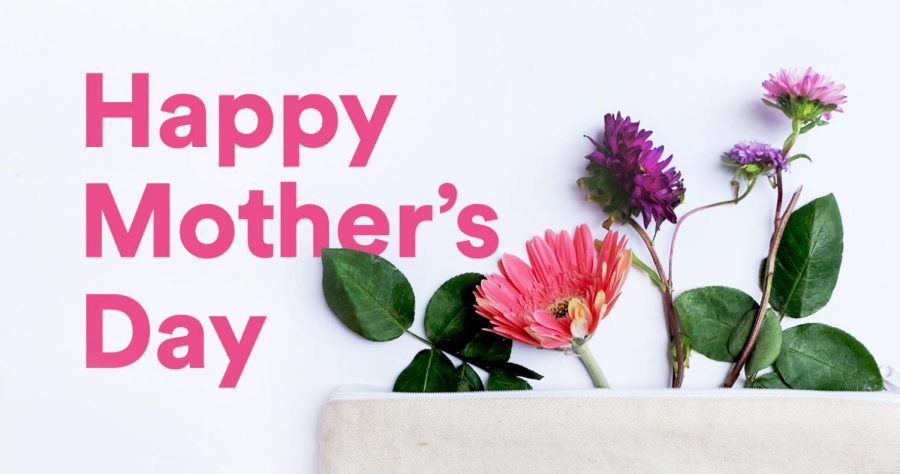The Origins of Mother’s Day
Mother’s Day is a national holiday celebrated on the second Sunday of May. It is a time to appreciate the mother-figures in our lives. This year, Mother’s Day falls on May 10th. Some celebrate with presents such as flowers or cards, while others choose specific activities to share. Surprisingly, the idea of giving mothers presents was not the original intent. So how did we end up with the holiday we have today?
The creation of Mother’s Day was made possible with the help of three women. The first was Ann Reeves Jarvis. Ann Reeves Jarvis was an activist for peace and sanitation in the mid-1800s. She was responsible for organizations such as the Mother’s Day Work Club, where mothers could learn how to care for their children. She also organized a women’s brigade that encouraged women to help during the Civil War no matter which side their families were on. Even after the Civil War, Ann R. Jarvis still advocated for sanitation measures and peace between the North and South. She later proposed a Mother’s Day to commemorate the service mothers give in all parts of life, but this did not come to pass in her lifetime.
The second influential woman was Julia Ward Howe. She didn’t continue Ann R. Jarvis’s work, but she did make a valuable contribution to Jarvis’s movement. She advocated for peace while being a famous poet and reformer. Julia Howe helped the U.S. Sanitary Commission with providing sanitary environments for hospitals and wounded soldiers by volunteering her time. Julia Howe also called for a Mother’s Day, however it was made for a different purpose. This day would be for promoting peace and the eradication of war. This version of Mother’s Day actually took off and was celebrated for 30 years until it died out before World War I began.
So the torch was passed onto another generation, the third woman, Anna M. Jarvis. The surname Jarvis is no coincidence, they are mother and daughter. Anna M. Jarvis wanted to remember her mother by making Mother’s Day a reality. She sought out public figures, organizations, and even made booklets in order to get the idea circulating. Three years after Ann R. Jarvis’s death, there was a Mother’s Day service to honor all mothers. The mayor of Philadelphia got word of the movement going on and made Mother’s Day official on a local level. Anna M. Jarvis did not stop at the local level, but went all the way to Washington D.C to advocate for the holiday. Politicians jumped on the bandwagon and were verbally supporting the holiday which led to both houses of Congress eventually making Mother’s Day a national holiday six years later.
Mother’s Day was official and all over the U.S. At first, it was simple and mostly about church services held to honor mothers, but it soon became a day that businesses could profit off of. Anna Jarvis did not want Mother’s Day to become commercialized because the original goal was for it to be an honorable day. She tried to end the holiday many times, but in the end, she was not able to. This is why Mother’s Day is still a nationally celebrated holiday.
Even though today’s version of Mother’s Day is not what it was meant to be, does not mean this day can’t be meaningful. The original goal was to commemorate the service of all mothers. Getting your mother-figure a gift is not a bad idea, just don’t forget to tell them how much you appreciate all they do 365 days of the year.











